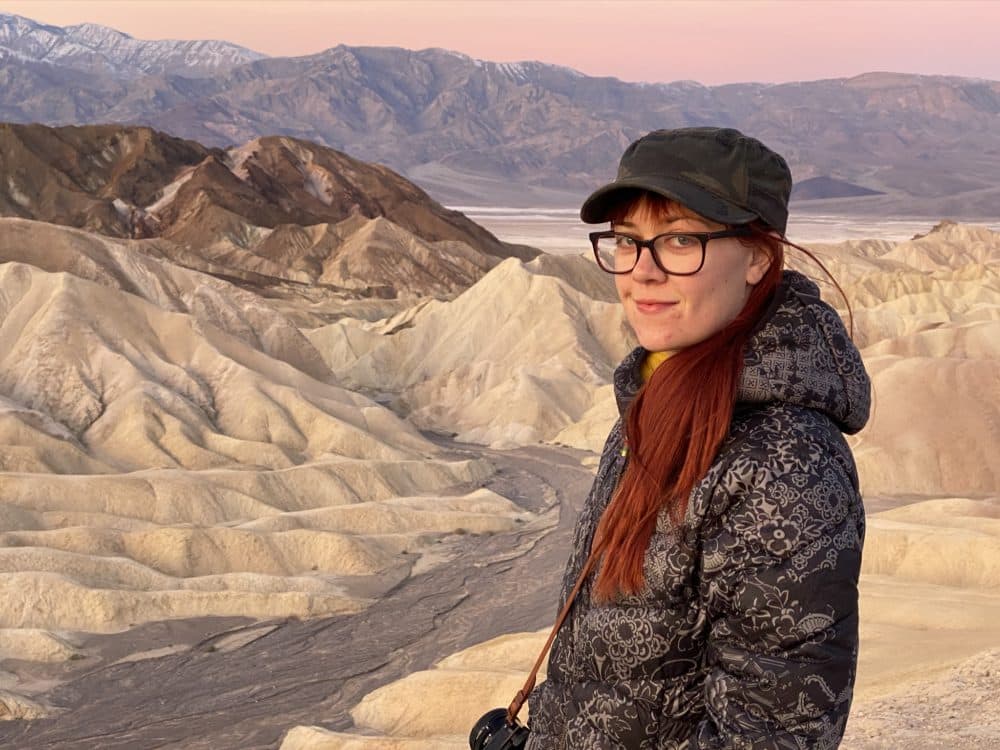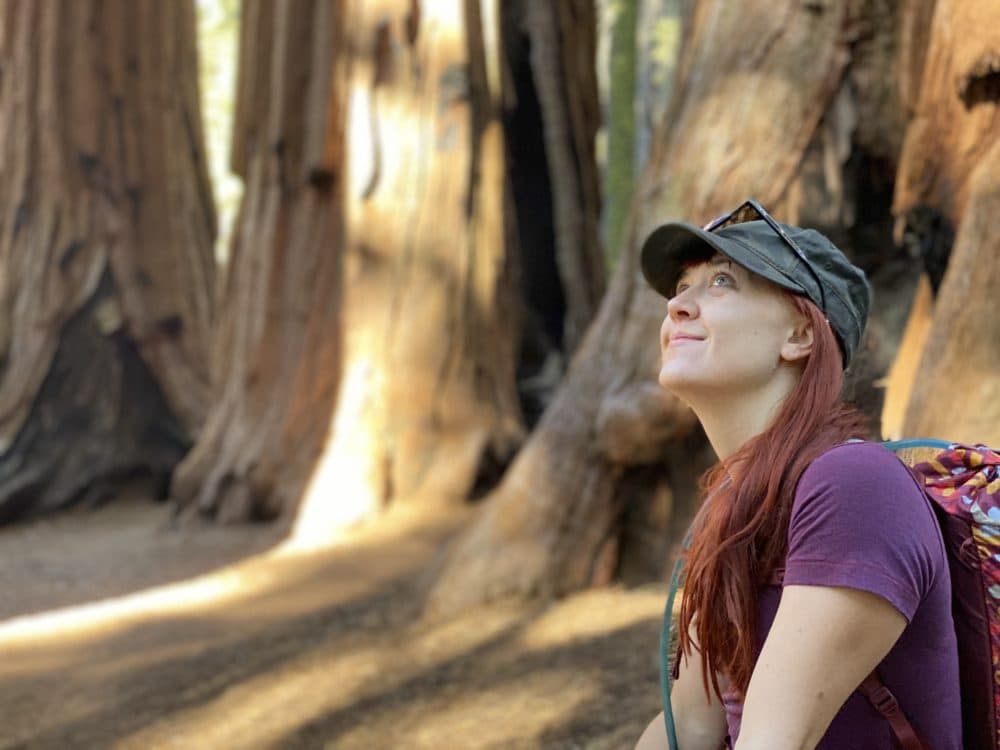Advertisement
Visiting (almost) every national park in a year

While the rest of us spent 2020 indoors watching TV, Emily Pennington set out to visit every single one of the country's 63 national parks.
The parks and travel columnist for Outside Online made it to all but two parks: New River Gorge in West Virginia, the latest addition to the list, and American Samoa in the South Pacific.
The idea to visit every park started where many big adventures do — a breakup. Pennington previously dated an Eagle Scout who took her on her first backpacking trip.
“I noticed that when that relationship had ended, I found myself returning to those same natural spaces and particularly the national parks,” she says. “So it was kind of interesting that the thing that hurt me ended up being the thing that provided the path to healing.”
Unaware of the challenges 2020 would bring, Pennington decided to spend the year visiting every national park.
Now, she writes about how being in nature and the wilderness helped her in the struggle to become comfortable with uncertainty and solitude in her new book "Feral: Losing Myself and Finding My Way in America's National Parks."
One of her favorite parts of the journey was flying in a small plane above Glacier Bay National Park in Alaska. She feels fortunate that she saw the glaciers from above, rather than from a boat like most people.
She says she saw near 400-feet tall “electric turquoise blue crevasses poking up out of the Earth” and “the tidewater glaciers melting down from the mountains into the ocean.”
“Our pilot was telling us that just in the 20 or so years that he's been flying, he's actually personally seen three or four of the most famous glaciers recede from the water,” she says. “And so the effects of climate change were really evident.”
Pennington decided to splurge on a guided trip through Kobuk Valley and Gates of the Arctic National Park in Alaska because the parks don’t have roads for medical services to reach backpackers in case of an emergency.
And it’s a good thing she invested in a guide: Pennington developed a fever and a sore throat that kept her up all night for two days in the middle of the trip. She had to hike for eight miles with her huge backpack to get out of the park.
When she reached a doctor in the city of Fairbanks, she found out that she was developing scarlet fever but caught the infection just in time.
“I thought [scarlet fever] had gone, you know, wayward in the 1700s,” she says. “But no, it is a real disease that you can get and I have no idea how I caught it because no one else on that entire trip got sick.”
Pennington recently penned a piece on the not-so-uncommon occurrence of tourists dying in national parks. At the Grand Canyon, 134 people have died since 2010.
Advertisement
Falling isn’t the reason so many people die at the Grand Canyon. People hike down in the morning before the heat kicks in but the temperature rises between 3 to 5 degrees every thousand feet down, she says, meaning the bottom of the canyon can reach up to 120 degrees. By the time people reach the bottom and turn to climb all the way back up, the sun starts baking them.
“I think that people get themselves into trouble because they think they can do the whole thing in a day and they can't,” she says. “So a lot of people, unfortunately, die of heat stroke or heart attacks or dehydration and other things that are considered, quote unquote, natural causes.”

In August, Congress passed the $9.5 billion Great Americans Outdoors Act into law. The funding will go toward the maintenance backlogs national parks have accrued in recent decades, which Pennington feels excited about.
The backpacker predicts conversations will start around how to protect natural ecosystems from wildfires as the effects of climate change intensify. She felt the impact of the severe wildfire season in the Western U.S. on her trip.
“I personally got stuck in Seattle for four extra days, just waiting out the smoke in a cheap motel room,” she says. “And the sun was this apocalyptic orange and the sky was like this brown, foggy haze and you couldn't go outside.”
The National Parks System is an important part of the cultural fabric of the U.S. for many people. Traveling through the parks for a year taught Pennington how to lean into “discomfort and chaos” — something she says she rarely gets the opportunity to do living in a city.
“If you can let go a bit and kind of sink into that scary void that nature can often present,” she says, “it teaches us a lot about resilience and personal strength that we can then take into our city lives.”
Editor's note: This story was updated upon the release of Emily Pennington's book "Feral."
Julia Corcoran produced and edited this interview for broadcast with Todd Mundt. Allison Hagan adapted it for the web.
This article was originally published on April 23, 2021.
This segment aired on April 23, 2021.

